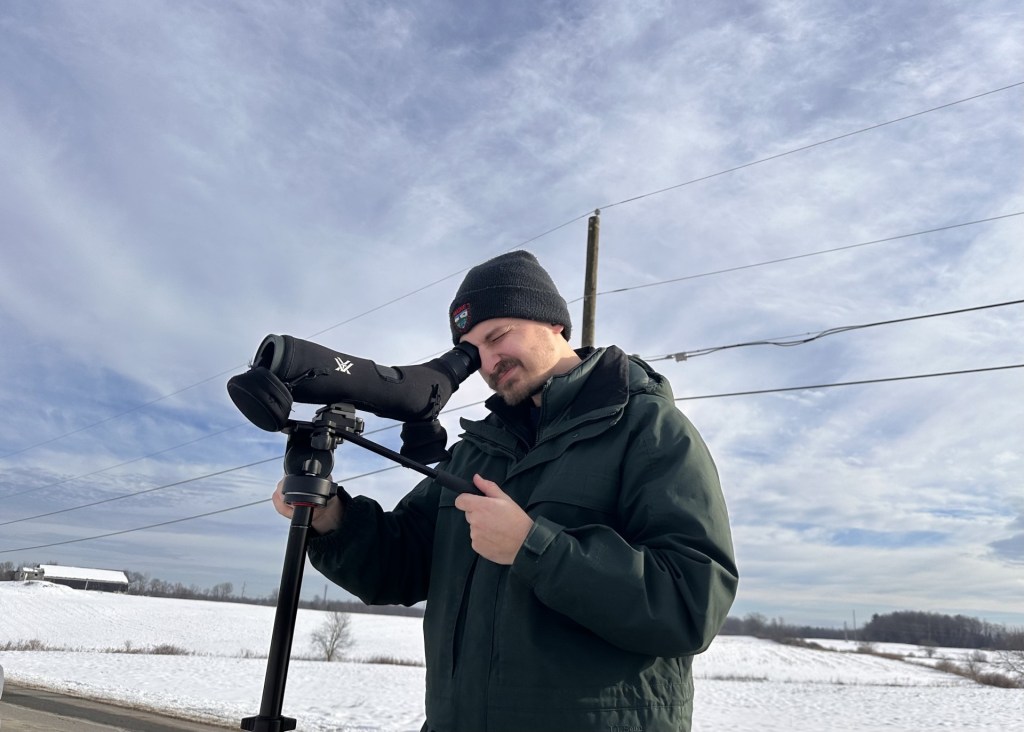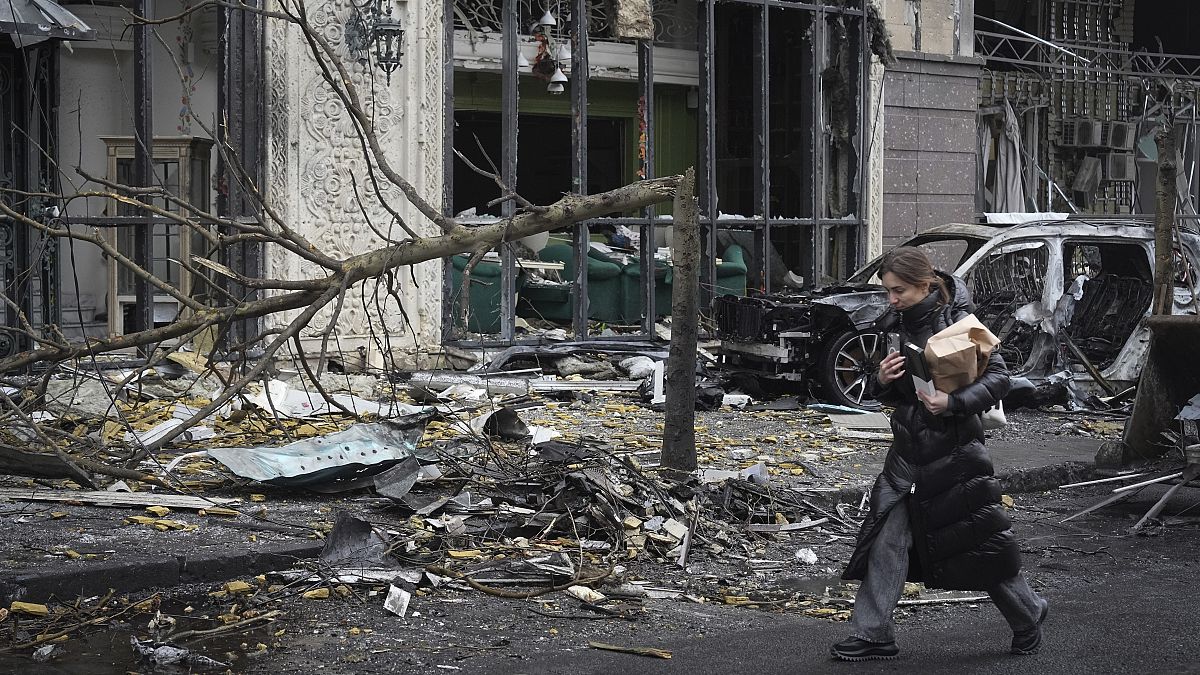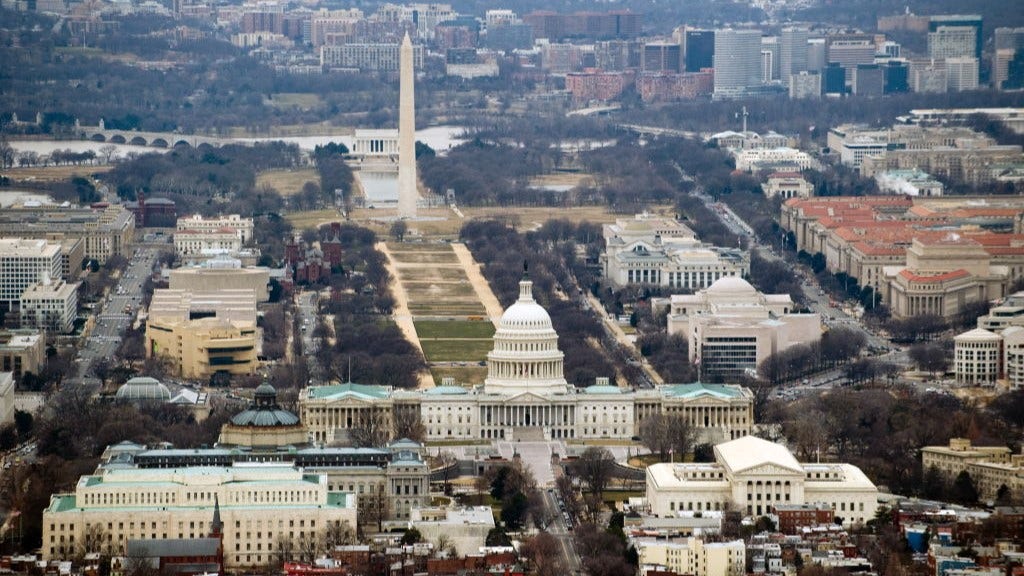HOMER, Alaska (KTUU) – As Kristen Faulkner walked the stage of the Homer Theater, a few memories came to mind.
“I walked on stage just now in preparation for the event and I have all these memories flooding of being a little mouse in the Nutcracker, a young Clara, and playing piano in Jubilee,” Faulkner said.
Within the halls of Homer High School, Faulkner prepared for another public speaking event. One of many the Alaskan had been the lead in following the 2024 Olympic Games. Only she wouldn’t be speaking to a group of strangers.
This time, she was back in Alaska. Faulkner’s first time in the Halibut capital of the world in well over a year.
“We’ve been looking forward to this since Paris,” Former Mayor of Homer Ken Castner said.
“It’s heartwarming to have her home,” her mother Sara Faulkner said.
Arriving back in the 49th state earlier this week, Friday was one of the first moments the cyclist had spent in town since making Olympic history. Faulkner became one of the highlights for Team USA after winning two gold medals in Paris, including the first for the nation in the women’s road race in 40 years. Faulkner also competed in the women’s Tour De France shortly after, placing 38th overall.
“There’s moments where it sinks in and I’m like ‘wow, I did something really cool,’ she said. “The more I do events like this and come back home and take it in with my friends and family, that’s where it feels a lot more real.”
“It was funny with her siblings because growing up, she was always Katie’s sister or Andrew’s,” Sara Faulkner said. “Now, they’re all Kristen’s sister or brother.”
Now, months removed from those feats, Faulkner’s focus has shifted to helping encourage those back home. An impact felt across the community.
“She’s touched every aspect of our community,” Representative Sarah Vance said. “She just exudes everything Homer is proud of. We focus a lot on empowering our kids and encouraging them to be wonderful and do great things. She is that.”
“I think the biggest thing is to dream really big and never stop believing in yourself,” Faulkner said. “We often sell ourselves short and I think the sky’s the limit if you work hard and believe in yourself.”
Though she hasn’t had the opportunity to return to the trails due to weather, Faulkner says she plans to ride the roads once again when she returns on her next trip. The same twists and turns that helped her grow into the now-renowned cyclist she is today. But those accomplishments haven’t made her complacent as Faulkner says her mind is already on to the next mission.
“I definitely want to try to make the 2028 Olympics, that’s my next big goal,” she said. “Between then, I wanna win a stage of the Tour De France, I wanna maybe go for a world championship at one of the events. I definitely have some big goals.”
But no matter where the competition is; whether it’s Spain, France, or state side in the 2028 LA Games, Faulkner’s ties will always remain in the Last Frontier. A state she’s happy to represent.
“I hope people see that I’m an Alaskan,” Faulkner said. “I hope people see someone that has a rugged, independent spirit and who loves the outdoors.”
See a spelling or grammar error? Report it to web@ktuu.com
Copyright 2024 KTUU. All rights reserved.





















/cdn.vox-cdn.com/uploads/chorus_asset/file/24924653/236780_Google_AntiTrust_Trial_Custom_Art_CVirginia__0003_1.png)




/cdn.vox-cdn.com/uploads/chorus_asset/file/25672934/Metaphor_Key_Art_Horizontal.png)

